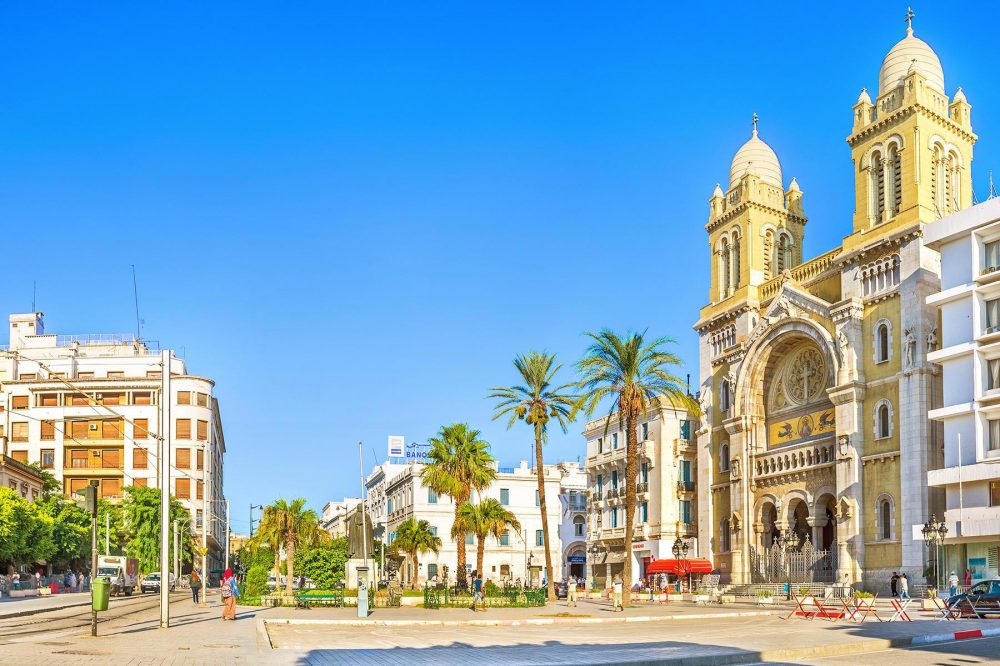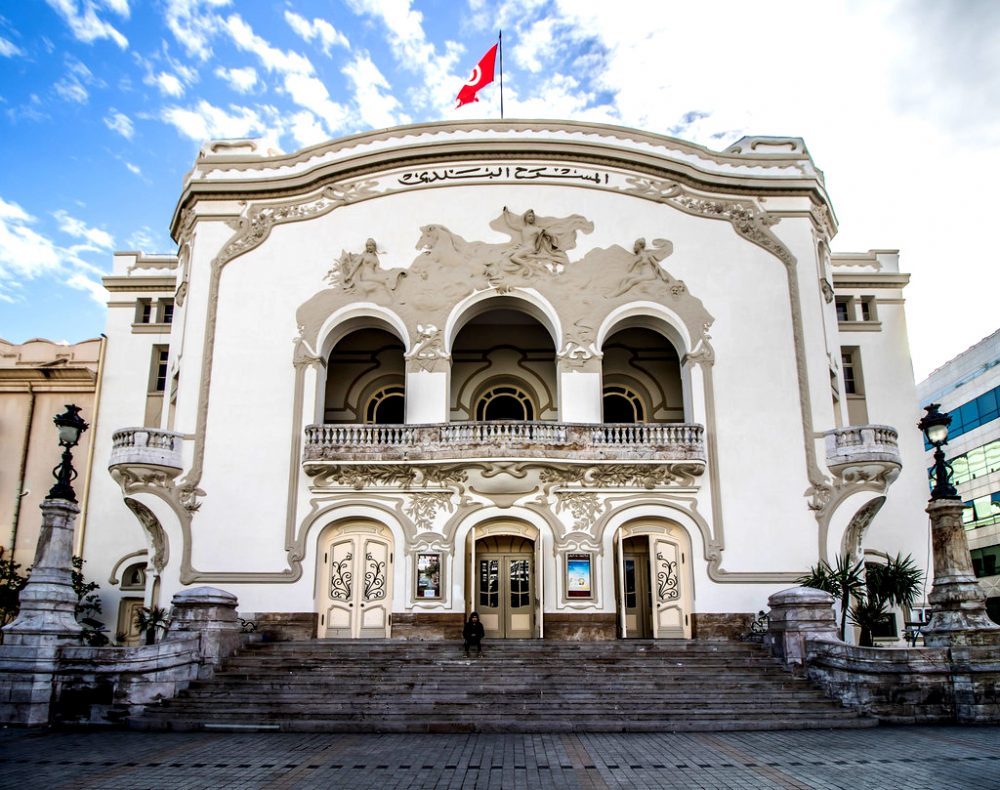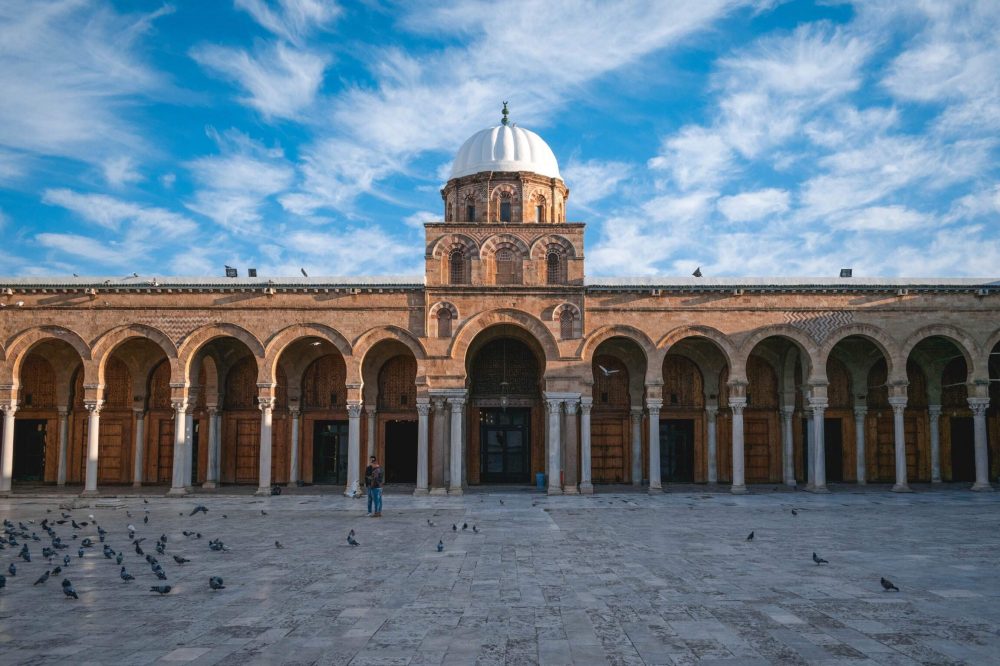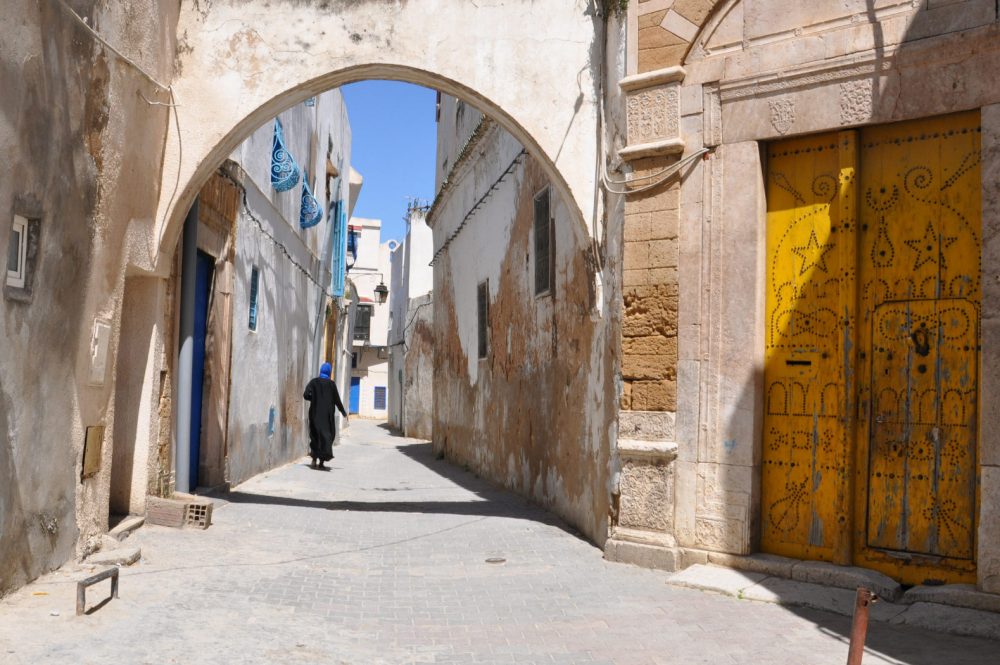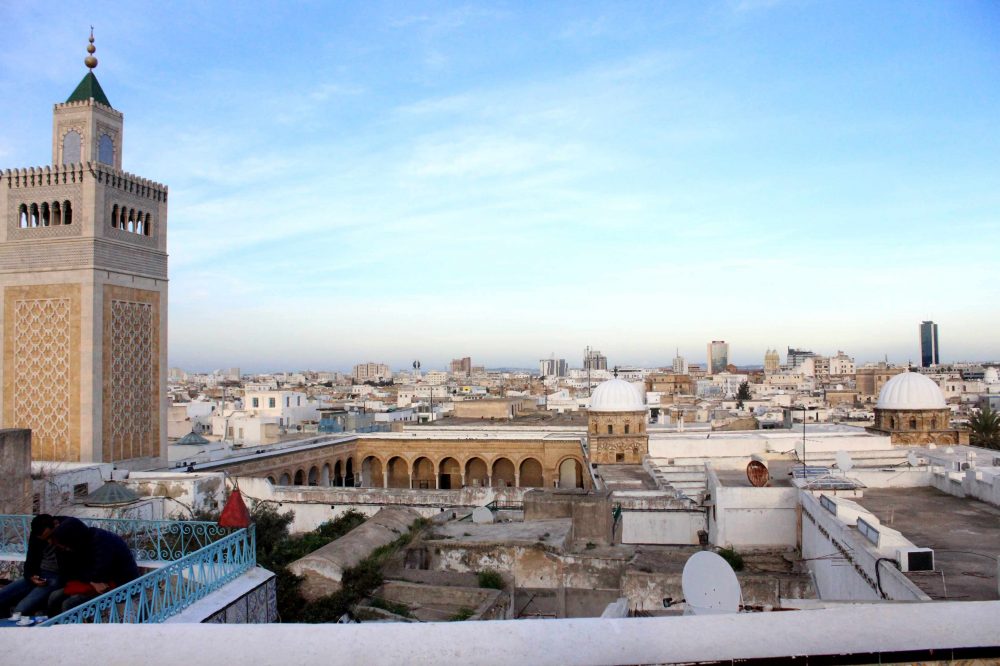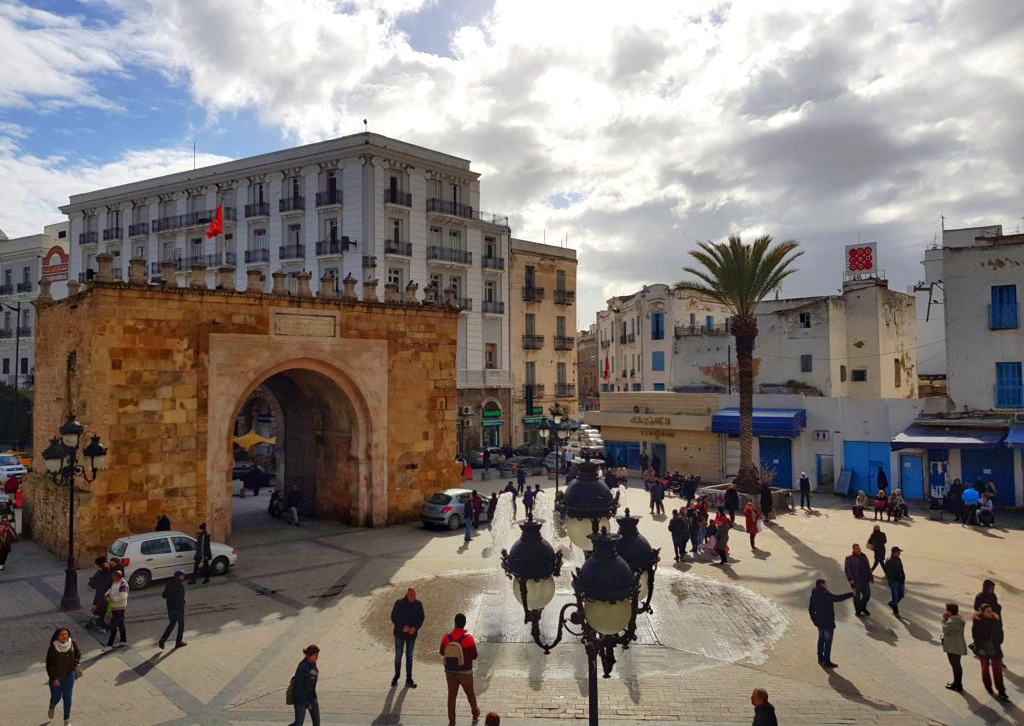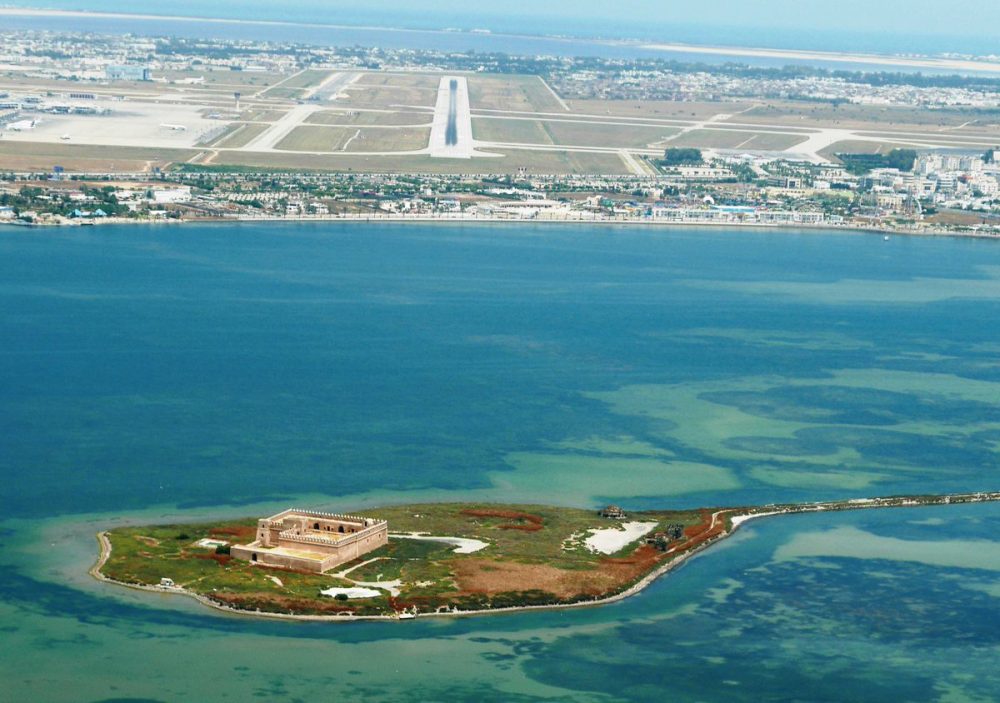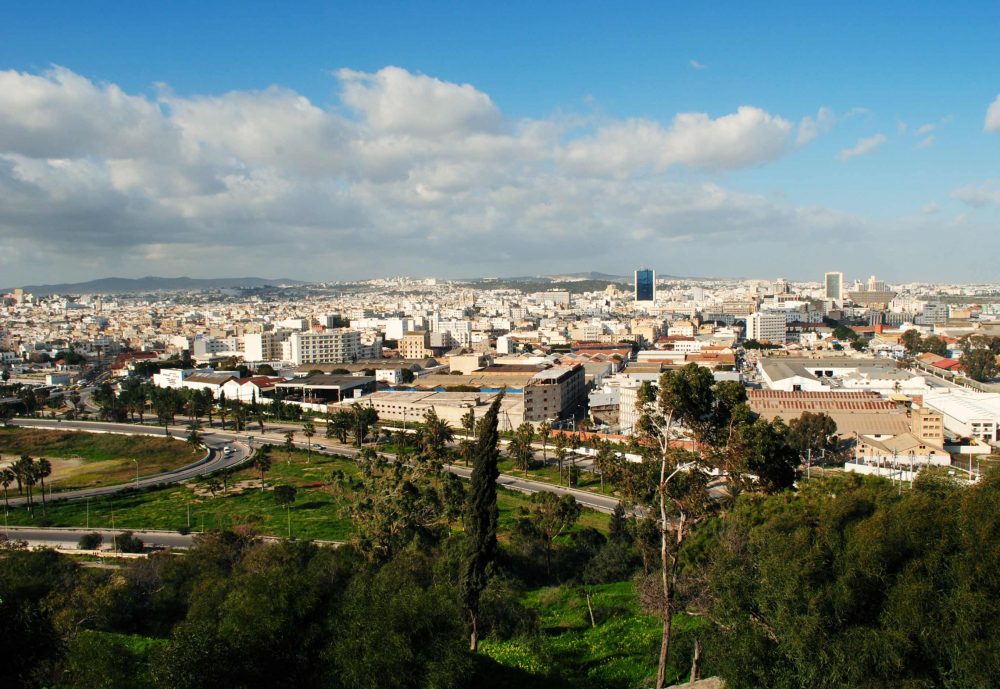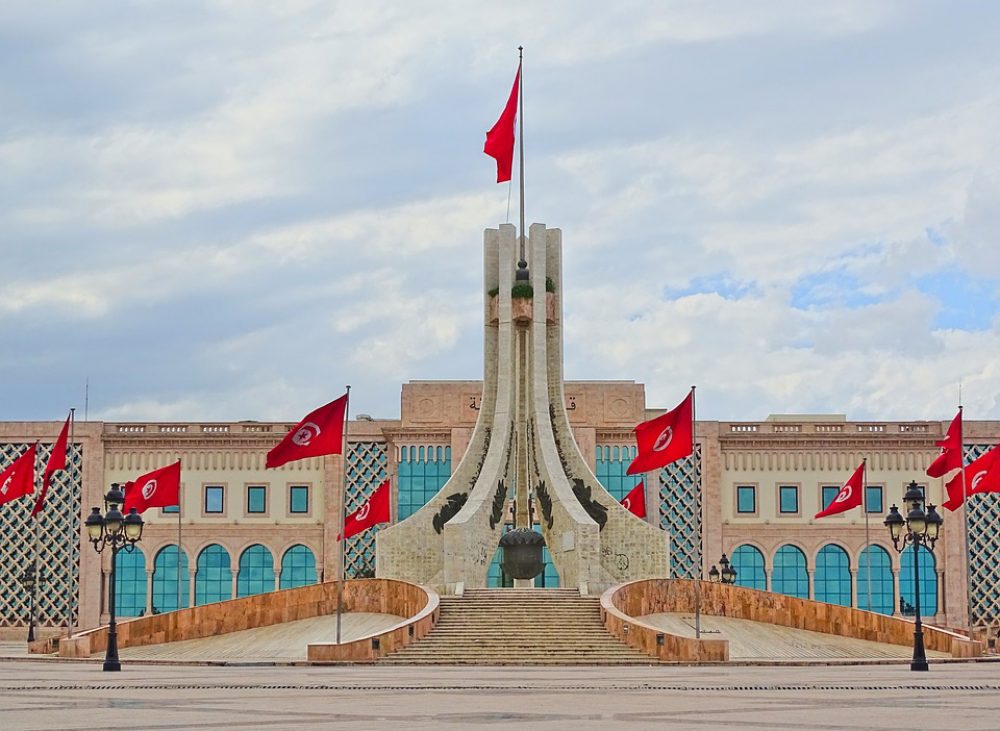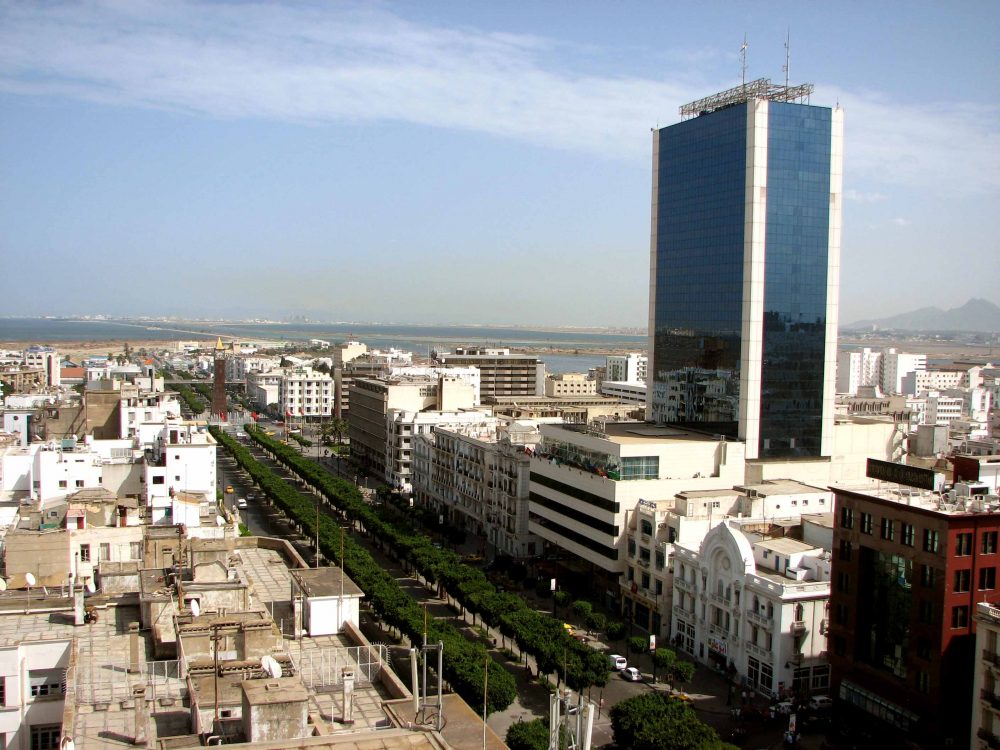Tunis is the capital and the largest city of Tunisia since independence in 1956. Situated on a large Mediterranean sea gulf, behind the Lake of Tunis and the port of La Goulette, the city extends along the coastal plain and the hills that surround it. As the capital city of the country, Tunis is the focus of Tunisian political and administrative life, it is also the centre of the country’s commercial and cultural activities.
Tunis is an interesting mix of new and old, including colonial french buildings.
Medina
The medina of Tunis is a UNESCO World Heritage Site since 1979. She is containing some 700 monuments, including palaces, mosques, mausoleums, madrasas and fountains dating from the Almohad and the Hafsid periods.
Grande Mosquée Zitouna
The largest and oldest mosque in Tunisia, this Aghlabid mosque dates back to the 8 centuries, although the distinctive square minaret is a much later 19 century addition. It has 160 pillars, that originally come from the ruins of Carthage.
Bardo Museum
It is one of the most important museums in the Mediterranean region and the second museum of the African continent by richness of its collections. It traces the history of Tunisia over several millennia and across several civilisations through a wide variety of archaeological pieces.
Cathedral of St. Vincent de Paul
Built in 1882, this is the largest surviving building from Tunis’ colonial era, in the neo-Romanesque style. It was named after St. Vincent de Paul, a priest in the region who was sold as a slave and fought slavery after he was liberated.

